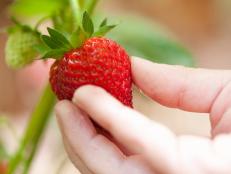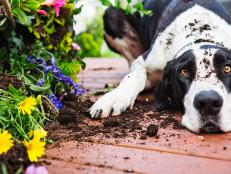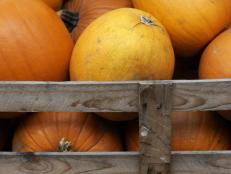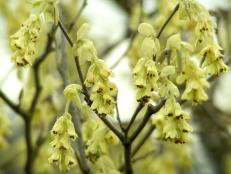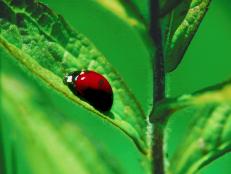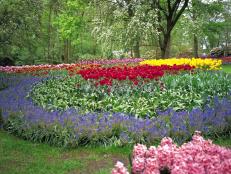Plan Your Spring Garden
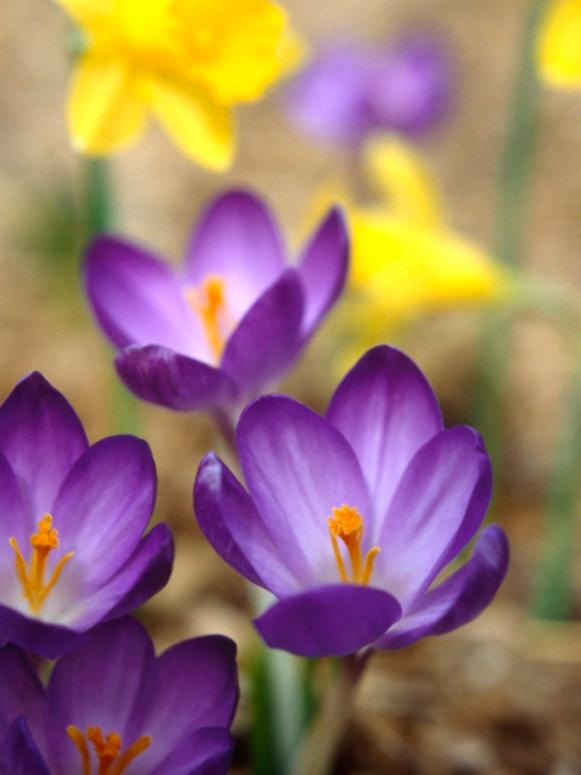
Half the fun of spring is planning for it. So as you put your garden to bed this fall, take steps that can carry you through the winter doldrums. Here are some things to do while you're dreaming.
Plant new and nifty bulbs. With a little forethought you can orchestrate your garden's color scheme for the next four seasons entirely with bulbs, choosing those that naturalize so you don't have to replace them every year.
How late can you plant? There are no hard and fast rules, but the longer you delay, the less likely the bulbs' root system will develop optimally. You may get blooms the first season, but a repeat performance isn't guaranteed.
Dare to depart from the tulip, daffodil and crocus genre, and experiment with "miscellaneous bulbs," the fastest-selling category in many nurseries today. Consider:
- Glory-of-the-snow (Chionodoxa). C. gigantean has bright blue, star-like spring flowers with fine-textured strappy foliage.
- Cape cowslip (Lachenalia). Tubular flowers in spikes on fleshy stems. Bulbs quickly multiply to form clumps; hardy in zones 8 to 10.
- Flowering onion (Allium). Bright balls of color atop naked stalks. A. thunbergii 'Ozawa' blooms from late summer through frost; in winter flower heads turn russet red.
Follow nature's lead: scatter some seeds. Get a head start by planting now. Indeed, many seeds need a period of cold before they'll sprout. Nancy McDonald, managing editor of The American Cottage Gardener, suggests these selections:
- Flanders poppies (Papaver rhoeas), or corn poppies. They're a cinch. The seeds don't need to be buried, and once established, the plants self-sow. Shirley poppies, a strain of P. rhoeas, come in red, delicate pinks, peach and rose, all edged in white.
- Panicle larkspur (Consolida regalis ssp. Paniculata). A cloud of dainty blue flowers, more delicate than regular larkspur.
- Foxglove ( Digitalis pupurea). Spikes of showy flowers. 'Sutton's Apricot' is a lovely soft peach.
- Columbine (Aquilegia). Nancy's favorite hybrid is 'Nora Barlow,' a double that crosses to good effect with other columbines in the garden. Golden columbine (A. chrysantha) has fragrant, long-spurred yellow blooms on a tough, drought-tolerant plant.
- Hollyhock (Alcea). Some biennial, some perennial, hollyhocks come in shades from soft pastels to rich reds and nearly black maroon. Alcea rugosa, a lemon-yellow midsummer bloomer, is resistant to rust.
- Moth mullein (Verbascum blattaria). A biennial that produces white spikes with pale pink markings in its second year, beautiful rosettes the first.
- Dianthus. 'Superb Pink' and the Loveliness hybrids (Dianthus superbus or related species) are some of the most sweetly scented choices around.
Give biennials and perennials an early start. Plant peonies, foxgloves, sweet William, Canterbury bells and pansies, and let their roots get established. You can plant container-grown plants as long as the ground isn't frozen. Mulch well. North of zone 6, wait till spring to plant bare-root perennials. In the deep South and Southwest, plant cool-season annuals such as larkspurs, poppies and love-in-a-mist for winter bloom.
Add a garden ornament. Whether it's a small stone frog, a gazing globe or a bamboo water flute, the accent will add new dimension to the garden and perk up the winter landscape as well. Over the years, the advent of frost-proof concrete and chip-proof glazings, along with a huge selection and variety in form, has made outside art popular. These days you can even order a Putto — a gleeful winged boy with water-spouting dolphin — direct from Italy. Says Andy Brinkley, who crafts copper ornaments and twig birdhouses in his North Carolina studio, "People who like gardening usually also have an interest in art."
Send away for catalogs. Comprehensive catalogs will supply you with high-quality plants for spring and garden reading to get you though the year's shortest, darkest days.
Garden virtually. Even in the dead of winter, gardening is as near as your computer. On the Internet, you can commune with fellow enthusiasts, shop for bulbs from Holland or glimpse faraway gardens.
Plan for more colorful winters. Sure, you're longing for spring — but don't forget that the winter garden has its own charms. Plant now to create excitement next winter. The old standby hollies and nandinas produce berries, of course, but other trees and shrubs provide winter interest as well. The Japanese flowering apricot (prunus mume) puts out its pale rose flowers then. The linden viburnum's red berries persist. Witch hazels bloom on bare branches in late winter.
And there are bark, texture and form to consider. In zones 5 through 7, stewartias produce multicolored exfoliating bark that brightens a drab landscape. Their white camellialike summer flowers and brilliant fall foliage make them superb four-season specimens.
Unlike herbaceous plants, woody shrubs and trees can be planted well into winter in areas of the country where the ground is not frozen. Better root development occurs with earlier planting, though.






